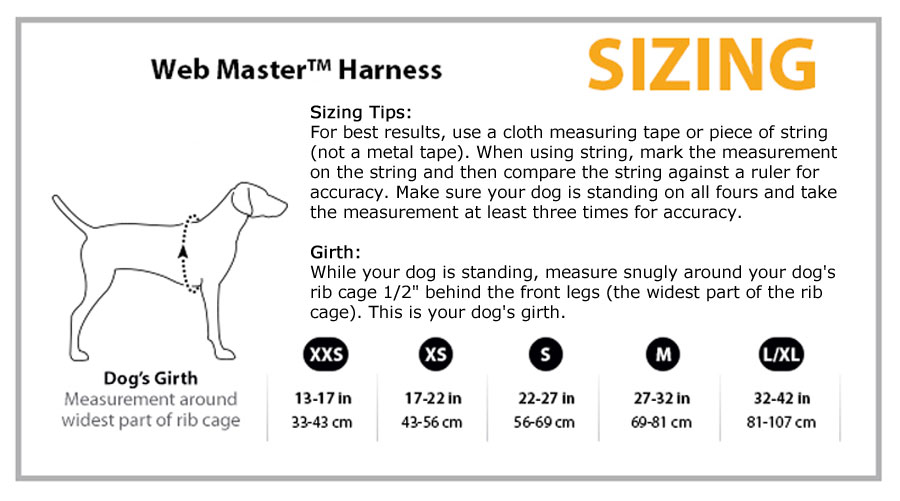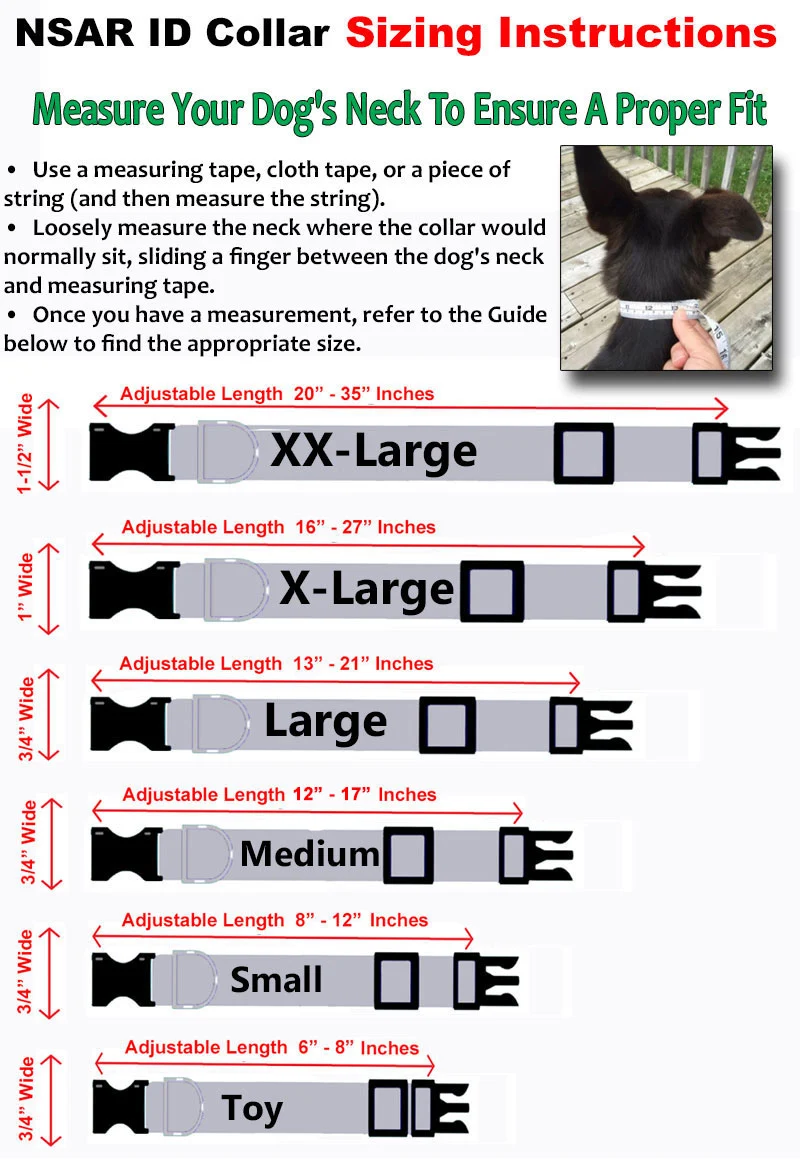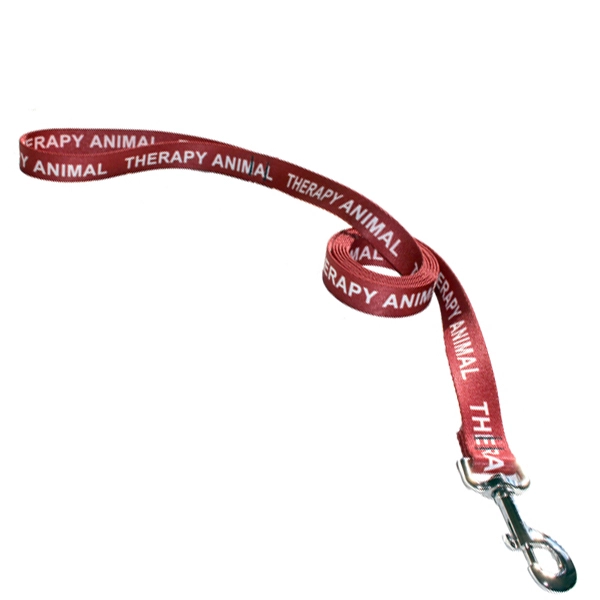
If you’ve been researching support animals, you’ve probably seen Emotional Support Animals (ESAs) and Psychiatric Service Dogs (PSDs) mentioned together—sometimes as if they’re the same thing. They’re not. The differences affect where your animal can go, how you travel, what documentation you need, and which laws protect you.
This guide breaks it down in plain English so you can decide whether you need an ESA letter or a PSD letter, and how to move forward without getting tripped up by myths or shady “instant approval” sites.
(Quick Takeaways)
- ESA letter: Written by a licensed mental health professional; unlocks housing rights under the Fair Housing Act (FHA). No special training required for the animal.
- PSD letter: Confirms a psychiatric disability and the dog’s trained tasks. Grants public access rights (ADA), air travel rights (ACAA), and housing rights (FHA).
- Training is the line: Emotional comfort alone = ESA. Task work for a psychiatric disability = PSD.
- Airlines: After 2021, ESAs are not required to be accepted. PSDs are, with the right DOT forms.
- Choose ESA if your need is mainly housing. Choose PSD if you need public access and in-cabin flights.
What is an ESA and what is an ESA letter?
An Emotional Support Animal helps reduce symptoms of a mental or emotional condition (anxiety, depression, PTSD, panic disorder, phobias, etc.) through companionship and calming presence. ESAs do not need specialized training.
An ESA letter is a signed document from a licensed mental health professional (LMHP) stating that you have a qualifying condition and that your animal’s presence alleviates symptoms. For housing, this letter is the key that:
- Overrides “no pets” policies
- Blocks pet rent, deposits, and fees
- Establishes your animal as a reasonable accommodation under the FHA
What belongs in an ESA letter (housing-ready):
- Your name
- A statement that you have a mental/emotional impairment and benefit from an ESA
- Provider’s license type, number, state, and contact info
- Signature and recent date (housing providers typically expect a current letter)
What is a PSD and what is a PSD letter?
A Psychiatric Service Dog is a service dog trained to perform specific tasks that mitigate a psychiatric disability. Task work is the defining feature—comfort alone isn’t enough.
Common PSD tasks include:
- Interrupting panic attacks (nudging, pawing, or deep pressure therapy)
- Medication reminders or prompting routines that stabilize symptoms
- Guiding out of dissociative episodes or to exits during overwhelming situations
- Nightmare interruption for PTSD (waking the handler, turning on lights)
- Alerting to rising anxiety before it spirals
Because of task training, PSDs are protected under:
- ADA (Americans with Disabilities Act): Public access rights (shops, restaurants, venues)
- ACAA (Air Carrier Access Act): In-cabin air travel with airline DOT Service Animal forms
- FHA: Housing protections similar to ESAs
A PSD letter typically verifies a psychiatric disability and the medical need for a service dog. Note: under ADA, you’re not required to carry a letter for public access; however, airlines do require DOT Service Animal Air Transportation forms, and housing providers may ask for documentation similar to ESA letters.
Rights at a glance (ESA vs PSD)
| Legal Area | ESA Letter | PSD Letter |
|---|---|---|
| Housing (FHA) | ✅ Yes (no pet fees, “no pets” exceptions) | ✅ Yes |
| Public Access (ADA) | ❌ No | ✅ Yes (dog must be task-trained) |
| Air Travel (ACAA) | ❌ Not required to be accepted | ✅ Yes (with DOT forms) |
| Training Required | ❌ No | ✅ Yes (task-specific) |
Bottom line: An ESA letter protects you at home. A PSD letter covers home, public places, and flights—but only when task training exists.
Training: the bright line between ESA and PSD
- ESAs: No specialized training is required. Good manners are expected, but comfort alone is the function.
- PSDs: Must be individually trained to perform tasks tied to your psychiatric disability. Training can be owner-led, professional, or a mix, but the result must be reliable task work.
What counts as a task (PSD):
- DPT (deep pressure therapy) on cue during panic episodes
- Alerting/interrupting repetitive or harmful behaviors
- Leading to a quiet exit when overwhelmed
- Fetching emergency medication or water on command
What doesn’t count as a task:
- “He makes me feel better” (emotional comfort)
- “She’s always with me” (presence alone)
- “He’s well behaved” (manners ≠ task work)
Documentation differences (and airline specifics)
ESA letter (housing):
- LMHP letter is the central document.
- Landlords may verify the provider’s license; they cannot demand your diagnosis.
PSD documentation:
- For public access (ADA), no paperwork is legally required; businesses may only ask:
- “Is the dog a service animal required because of a disability?” and
- “What work or task has the dog been trained to perform?”
- For air travel, airlines require the DOT Service Animal Air Transportation Form (and sometimes a relief-attestation form for long flights). That’s separate from any provider letter.
Pro tip: Keep digital copies of your letter/forms on your phone and print a clean copy for travel or lease applications.
When to choose an ESA vs a PSD
Choose an ESA if you primarily need help at home:
- You’re facing “no pets” buildings or pet rent
- You want calm, companionship, and housing protection
- You don’t need your animal in stores, restaurants, or on flights
Choose a PSD if you need help beyond the home:
- You require your dog in public spaces due to psychiatric disability
- You need in-cabin travel
- Your symptoms improve when a dog performs trained tasks, not just emotional comfort
Scenarios:
- Tenant stress: You’re battling housing applications and “no pets” listings → ESA letter.
- Public panic: Panic attacks happen in stores or classrooms; tasks like DPT/interruptions help → PSD path.
- Frequent flights: You must fly with your dog for medical reasons → PSD with DOT forms.

How to get each (step-by-step)
ESA path (housing-first)
- Evaluation with a licensed mental health professional (telehealth is acceptable).
- If appropriate, receive an ESA letter with license details, date, and signature.
- Submit to your landlord with a short reasonable-accommodation request.
- Renew annually to keep things smooth during lease renewals.
PSD path (public + travel)
- Evaluation confirming psychiatric disability and need for a service dog.
- Training plan for task work (owner-trainer, professional, or hybrid).
- Public manners (housebroken, under control, non-reactive).
- For flights, complete DOT Service Animal forms for your specific itinerary.
- Maintain task reliability and practice handling questions you may be asked.
Common misconceptions (and the truth)
- “ESAs have the same rights as service dogs.” → False. ESAs have housing rights only.
- “I can buy a PSD letter online and get instant public access.” → False. The dog must be trained to do tasks.
- “Any doctor’s note will work.” → Often false. Housing providers look for LMHP credentials and may verify the license.
- “Airlines still accept ESAs.” → Generally no in the U.S. after the 2021 rule change. PSDs are recognized with DOT forms.
Case studies (short, real-world examples)
1) ESA wins housing:
Kayla has generalized anxiety and was denied an apartment due to a “no pets” policy. She submitted a legitimate ESA housing letter from her licensed therapist. The landlord verified the license and waived the policy—no pet rent, no deposit.
2) PSD enables public life:
Marcus experiences sudden panic episodes in crowded places. His PSD is trained for deep pressure therapy and blocking (creating space). With PSD task training, Marcus can attend classes, shop for groceries, and fly with his dog after submitting DOT forms.
3) ESA denial for public access:
Rina tried to take her ESA into a grocery store and was turned away. She later pursued PSD training for task work related to PTSD. With that training, she now has ADA public access with her service dog.
Landlord verification: what really happens
Because fake letters are common, many landlords know how to verify:
- License check: They look for the provider’s name, license type/number, state, and expiration, then confirm it in a public database.
- Letter format: On letterhead, signed, dated within the last year, with contact info.
- Timeliness: Stale letters often trigger pushback—keep it current.
- Follow-up: They may call the office to confirm legitimacy (they can’t ask your diagnosis).
Submitting a clean, verifiable ESA letter makes approvals quick and drama-free.
State-level wrinkles (what to watch)
- California: Requires a 30-day provider-patient relationship (including telehealth) before issuing an ESA letter.
- Florida: Penalties for fraudulent ESA claims; increased scrutiny on documentation.
- Texas/Colorado/New York/Illinois: Landlords may verify licenses and reject unverifiable letters while still honoring valid ones.
Local rules evolve—use a licensed provider and keep your letter current.
What about “registration” and ID gear?
Registration and ID gear do not create legal rights—your letter (ESA) and trained tasks (PSD) do. That said, registration kits, photo IDs, vests, and database listings can reduce friction by making verification simpler in everyday situations (leasing offices, campus desks, hotel check-ins, etc.). Think clarity and convenience, not legal magic.
Choosing your path (quick checklist)
Choose ESA if…
- Your main challenge is housing
- Emotional comfort significantly reduces symptoms
- You don’t need your animal in public spaces or on flights
Choose PSD if…
- You need dog task work for a psychiatric disability
- You require public access and/or in-cabin flights
- You’re ready to commit to training and ongoing practice
FAQs
Do ESA letters expire?
Not by law, but many landlords expect a current letter (typically renewed annually), as well as, a clinician may require before signing verification forms.
Can any animal be an ESA?
Dogs and cats are most common. Other species may qualify where reasonable for housing—always consider practicality.
Can any dog be a PSD?
In theory, yes, but the dog must be trainable, stable in public, and able to perform reliable tasks.
Do I need a PSD letter for public access?
ADA doesn’t require paperwork for public access, but airlines require DOT forms. A clinician letter is helpful for housing and for documenting disability when needed.
Can a landlord ask for my diagnosis?
No. They can verify the provider’s license and letter authenticity, not your private medical details.
How NSAR helps (ESA and PSD paths)
- ESA: NSAR connects you with licensed mental health professionals for legitimate ESA housing letters that stand up to verification. Registration kits (ID cards, certificates, vests) make housing conversations faster.
- PSD: NSAR helps you access licensed providers for PSD documentation and offers PSD registration kits and guidance on task training resources and airline DOT forms so your travel and public access go smoothly.
The bottom line
- If you mainly need housing protection, pursue an ESA letter.
- If you need public access and air travel, pursue a PSD and invest in task training.
- Avoid shortcuts and instant-approval sites. Use licensed providers so your documentation is trusted.
? Ready to move forward the right way? NSAR can help you secure a legitimate ESA letter or PSD documentation and set you up with registration gear that makes real-world verification simpler.


























